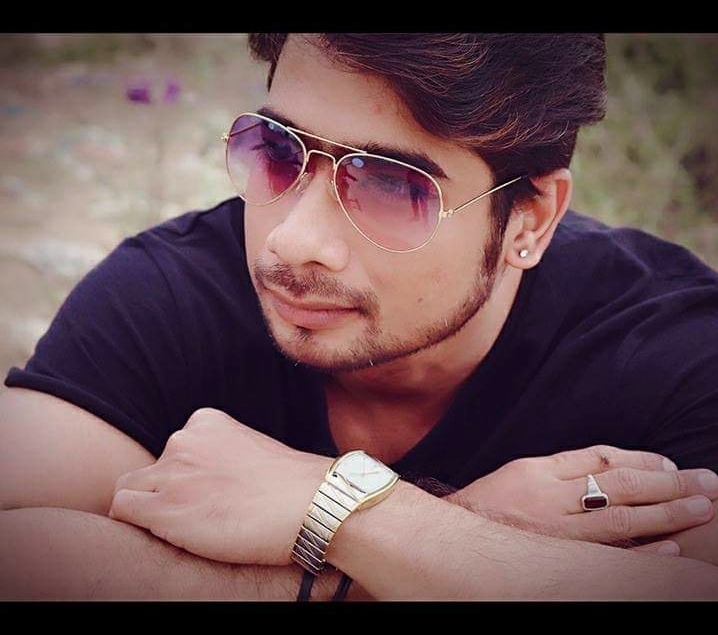Yarns vary in their complexity. Some appear quite simplistic while others seem far more complex. There are varying degrees of complexity in yarns and various means of achieving the complexity.
The basic yarns that appear very regular and uniform are known as simple yarns. A variety of other yarns that are not so regular or uniform are more complex and are referred to as fancy, novelty or complex yarns. Fancy yarns may use any number of three basic components: the base yarn, effect yarn, and binder. The base yarn provides the support for the yarn structure; the effect yarn creates the decorative appearance of the yarn; and the binder yarn helps to secure the effect yarn, providing additional support and maintaining the desired appearance.
A.Simple Yarn: Simple yarns are generally simple in construction, and regular and uniform in appearance
B .Fancy Yarn: Fancy yarns, also known as novelty and complex yarns, are often irregular in appearance and dimension, creating an interesting and decorative look.
By manipulating various components, yarns take on different appearances, creating a number of different types of fancy yarns. Some of the more common fancy yarns are as follows:
1.Looped or Boucle: Boucle or looped yarns are created by loosely looping an effect yarn around a base yarn.
2.Nub Yarn: Nub yarns have sections where the effect yarn is twisted closely around the base yarn, creating a nub or knot followed by gaps where the effect yarn is more loosely twisted around the base. b: A nub or knot is created by tightly twisting an effect fiber around the base fiber. The nub is most easily identified when the effect and base yarns are of different colors.3.Slub Yarn: Slub yarns have slubs or sections of thicker yarn, created by a variation in the tightness of the twist at various intervals.ub: A slub or thick spot in a yarn is created by varying the tightness of the twist of the yarn at various intervals.
4.Corkscrew or Spiral Yarn: Corkscrew or spiral yarns are yarns with two different yarns twisted together, so that one appears more tightly twisted than the other, producing a corkscrew effectew or Spiral: The appearance of corkscrew or spiral yarns is achieved by using yarns of two different fibers and often twisting one under a different tension than the other.
5.Chenille Yarn : The soft, fuzzy surface of chenille yarns can be created in several ways. Most commonly, a fabric is first produced and then cut into narrow strips resembling a yarn. Then, when the fabric is cut, the raw edges become very fuzzy and produce the chenille appearance. Other chenilles are created by trimming a loosely attached effect fiber to create the fuzzy appearance. Still other chenilles are created by attaching or gluing fibers to the yarn.
6.Metallic Yarn: Metallic yarns have metallic fibers or yarns in the finished yarn, giving it a metallic and shiny element. to the blend.
7.Crepe yarns: Crepe yarns may be classified as fancy yarns but are merely created by tightening the twist given to a yarn, resulting in a kinked or looped yarn.
8.Snarl Yarns : Like the loop yarn,the snarl yarn is based around a twisted core.A snarl yarn is one which disolays snarls or twist projecting from the core.I t is made by similar method to the loop yarn,but uses the effect a lively,high twisted yarn and somewhat greater degree of overfeed.
9.Marl Yarns : Marled yarns are formed by twisting together plies of different colors.The result is a single strand of yarn with multiple colours winding around one another.Marl yarns can be made from any if the olies- two,three,four etc .Tryst is composed of six plies,each of different colors.





















No comments:
Post a Comment